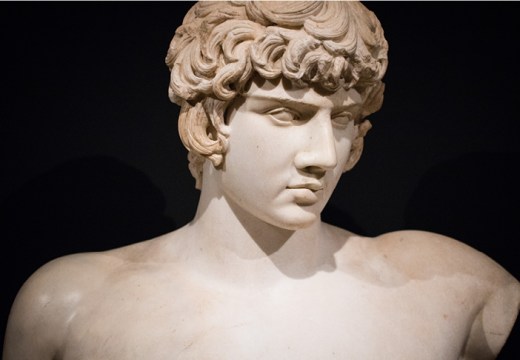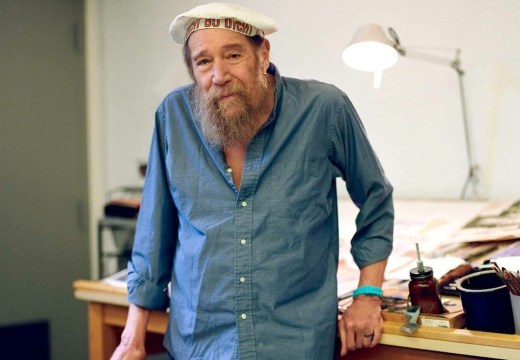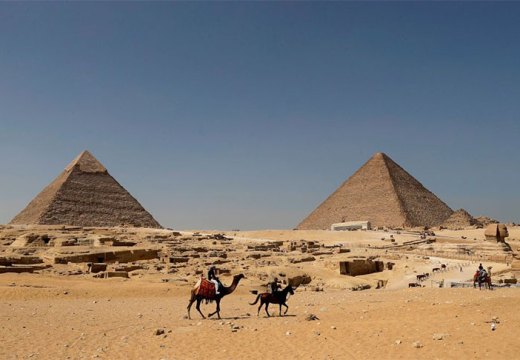Switzerland’s cities are home to some of the greatest museums and cultural venues in Europe. What better way to discover them than by following the tips of art-world insiders who have made their homes there and have a fast-track into the best that the Swiss cultural scene has to offer? In the latest in our ‘My Cultural City’ series, Patrick Gyger, general director of Lausanne’s new arts district, PLATEFORME 10, explains how the city’s arts institutions are booming – and picks out some of his favourite annual events from its lively cultural calendar.
For a relatively small city, Lausanne has an amazing cultural offer. That’s not just because of the sheer volume of institutions and events that the city boasts. What makes Lausanne special is its diversity in the arts: a real mixture of heritage, popular and contemporary culture and a thriving underground scene. The city has everything from more traditional venues, like the Fondation L’Hermitage – which is great for 19th- and 20th-century painting – to the Swiss Film Archive and the Théâtre Vidy-Lausanne, one of the most cutting-edge theatres in the French-speaking world.
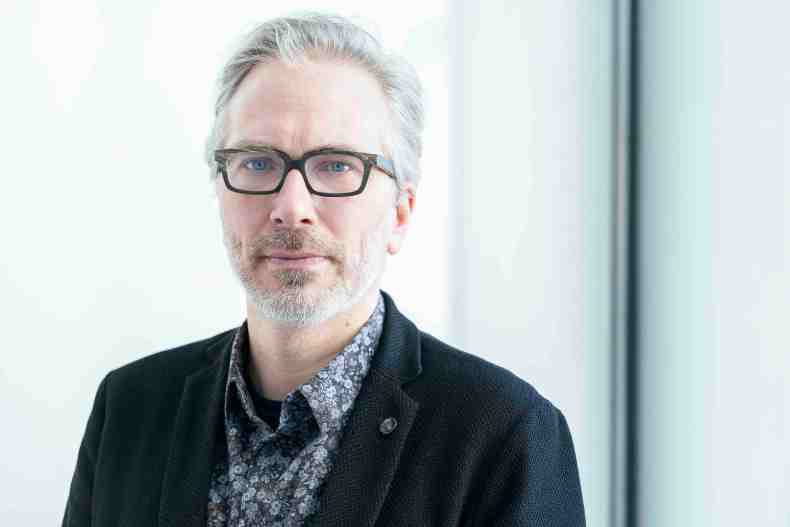
Patrick Gyger
After a decade in France, I came back to Lausanne about a year ago to find the city even more bustling in terms of its artistic life than I remembered. But for me, it has always been a cultural capital – from my time at high school and university here to the present day, as general director of the city’s new arts district, PLATEFORME 10. When I was younger, the underground clubs like La Dolce Vita were a big draw. Now I’d point to the inspiration of some of the city’s legendary cultural figures, such as the painter Félix Vallotton (who was born here) or the curator Michel Thévoz, who founded the Collection de l’Art Brut here in 1976.
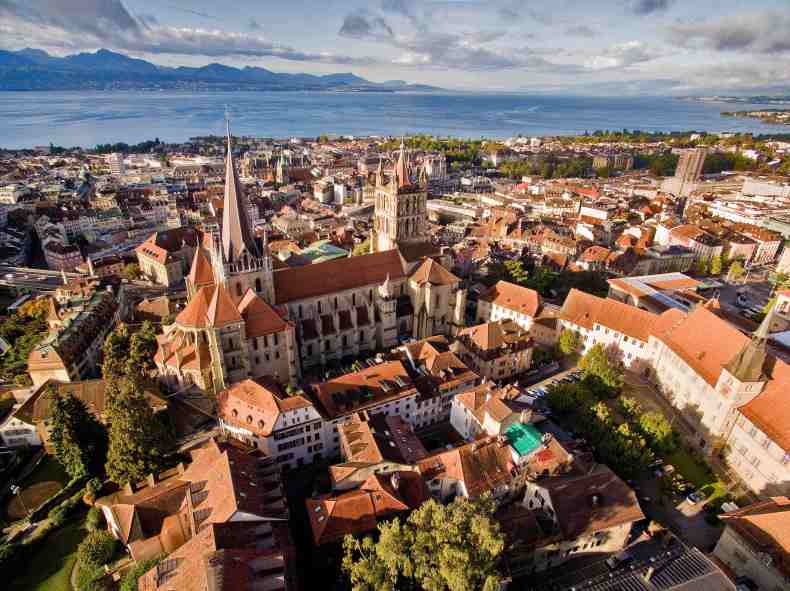
La Cathédrale Notre-Dame de Lausanne. Courtesy Lausanne Tourism
You can walk everywhere in Lausanne – and it’s the best way to get a feel for the city. The old town, known as the Cité, is a charming medieval district where you’ll find the castle, the cathedral and the Lausanne Historical Museum. Other neighbourhoods worth exploring include Malley, where you can see the houses designed for workers in the early 20th century. The most impressive contemporary architecture is on the campus of the EPFL [École polytechnique fédérale de Lausanne] and the university: the Rolex Learning Center (designed by the Japanese architecture firm SANAA) and the recently completed Vortex building are both significant architectural achievements.
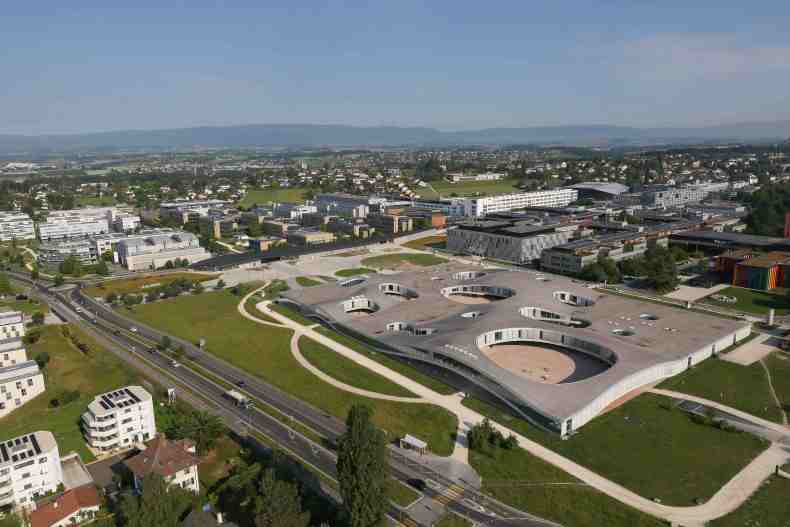
The Rolex Learning Center. Courtesy Lausanne Tourism
PLATEFORME 10 is introducing further architectural landmarks to Lausanne. At the heart of the arts district are new buildings for the Musée cantonale des Beaux-Arts [MCBA] by Barozzi Veiga architects, and for the Musée de l’Elysée and mudac by the Portuguese firm Aires Mateus. The whole neighbourhood has been reclaimed from the train yards, so even for a local audience it’s a completely new place to discover. Even though it’s centrally located, nobody used to stop in this area. Moving forwards the district will be a destination in itself.
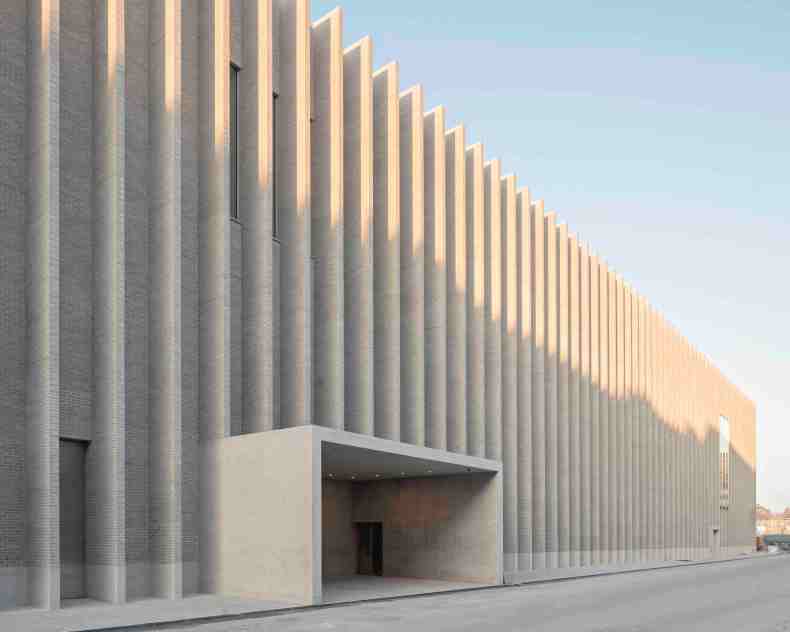
The MCBA building at PLATEFORME 10, designed by Barozzi Veiga. Courtesy Lausanne Tourism
With the relocation of three major museums at PLATEFORME 10, the fine arts [MCBA], photography [Musée de l’Elysée] and contemporary design [mudac] will be brought together in conversation. The collections are all fascinating in their own right: the photography collection includes more than a million items, and is renowned throughout Europe; the fine arts collection tells the story of how Swiss artists have made their mark on European art, and have in turn been influenced by its major movements; and the design collection, which is younger than the other two, is particularly strong on glass objects and sculpture (it’s one of the most important glass collections in Europe). At PLATEFORME 10, the museums will retain their distinct identities and programmes, but there will also be opportunities to forge links between them – with exhibitions on common themes, for instance.
PLATEFORME 10 will be about far more than visual art, though. We’ve already hosted events, including live music, contemporary dance and the BDFIL Festival of comic books. From that perspective, the new district could be said to extend what Lausanne already does so well, which is to provide a stage for arts festivals that animate the whole city. Besides the comic book festival, Lausanne hosts – among others – the Underground Film & Music Festival every autumn and the Festival de la Cité, a free festival that takes place in the streets and brings international performers and musicians here every summer.

Chloe Moglia performing at Festival de la Cité in 2017. Courtesy Lausanne Tourism
Among my other favourite arts venues in the city are the Collection de l’Art Brut, which has its fifth biennial this winter [17 December–1 May 2022], and the Musée de l’Absurde. That’s a strange and funny place, which I don’t want to tell you too much about: you’ll have to go there yourself to see what’s there. I’m also looking forward to seeing the completion of two big arts projects that are currently underway in the city. One is the work on the historic Capitole cinema, which is being renovated for use by the Swiss Film Archive and will provide more screening rooms in the centre of Lausanne by 2023. The other is a new jazz venue, supported by the city. There’s a strong local interest in jazz, with the historic festivals in the region at Montreux and Cully, so it’s great that jazz will have a permanent home in Lausanne.

A display at the Collection de l’Art Brut. Courtesy Lausanne Tourism
For the best beer in town head to Cylure; for the best wine, to Ta Cave, a great wine bar near the station. From the latter, you could easily head to Le Nabi, the restaurant at MCBA: it’s very cool, with a focus is on local and organic food. If you want food with a view you can’t go wrong with Brasserie de Montbenon, which overlooks gardens and the lake beyond. Another prestigious restaurant is Anne-Sophie Pic at the Beau-Rivage Palace, which is also one of the smartest places to stay. The city isn’t short on impressive hotels: the grand Hotel Royal Savoy, for instance, or the Château d’Ouchy, in a neo-gothic castle next to the lake, or for somewhere near the station, the Alpha Palmiers. We often put our visitors up at the Hôtel des Voyageurs in the city centre.
My favourite day trips from Lausanne? The vineyards of Lavaux are extremely beautiful and of course the Château de Chillon is well worth a trip. But I also love to head southeast to Villars sur Ollon, to what we call the Swiss Préalpes. From Lausanne, you can get to the mountains in an hour.
Let yourself be surprised by Lausanne, the greatest small city in the world, and you’ll discover an inspiring cultural destination. Take advantage of the Lausanne City Pass to see the city and other local highlights at an unbeatable price. Plan your own customised trip here.
To find out more about Switzerland’s leading art museums and their upcoming exhibitions, visit the Art Museums of Switzerland website.
Unlimited access from just $16 every 3 months
Subscribe to get unlimited and exclusive access to the top art stories, interviews and exhibition reviews.


